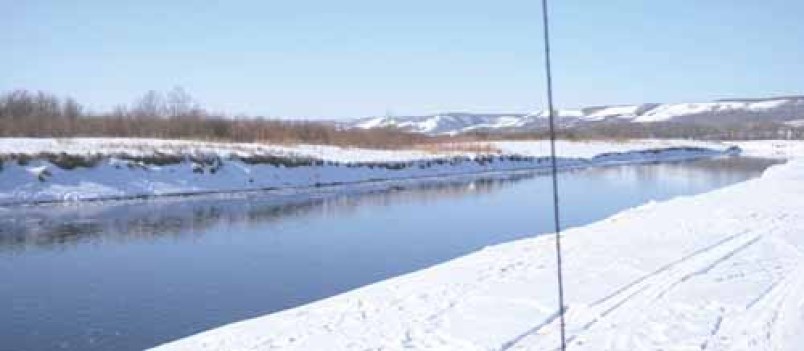Southern Manitoba will dodge flooding this spring, but may be up against harsh conditions of a different kind: drought.
The government of Manitoba has not yet issued a drought advisory, but officials are making preparations for such an eventuality, as the province experiences below-average precipitation and moisture since last fall.
"Southern Manitoba and southern Saskatchewan are down 20 per cent of normal precipitation of the past 40 years. Some areas in southwestern Manitoba are at a record-low precipitation level," Minister of Infrastructure Ron Schuler said Tuesday.
Schuler said both Environment and Climate Change Canada and the U.S. National Weather Service are forecasting slightly below-average rainfall over the next three months.
"So far, things look okay, but again the forecast going forward is that we're not looking at a lot of rain coming in the next few months," he said.
Statistics from the Weather Network show Winnipeg received only 52 per cent of its regular precipitation over the course of 2020.
The risk of drought in Manitoba is rising moving toward mid-century amidst human-caused climate change. The Prairie provinces regional report released in December by Natural Resources Canada states drought and wildfires represent the largest current threat to the region.
"We know that there's been a lot of change because of climate change. And watching for trends, this has been an up and down. Again, we know that a lot of things are changing. The swings seem to be wilder than they have been before," Schuler said.
The U.S. Drought Monitor is forecasting severe or extreme conditions across most of North Dakota.
A Manitoba committee has been assembled, Schuler said, to consider possible next steps, including pumping water into dugouts, if needed.
"We're making sure that we're holding water back, should we end up with a very dry summer," the minister said.
Any further updates will come from the provincial government's agriculture department.
The province will be using the low-water year to repair flood infrastructure and upgrade infrastructure where it is needed, to prepare for more-extreme flooding events. (Which also have a forecasted risk increase due to climate change.)
This includes the complete rebuild of the Rapid City dam that was washed out in June 2020.
Schuler said the Red River has already peaked at all points, and the floodway will not be used this year. The Portage diversion of the Assiniboine River will only be used to avoid ice break-up damages.




